Optimal Timing for Home Plumbing Winterization
Proper timing for home plumbing winterizations is essential to prevent pipe damage during cold months. Typically, the optimal period is before temperatures consistently drop below freezing, which varies by region but generally occurs in late fall. Early winter preparations ensure that plumbing systems are protected from the risk of freezing and bursting pipes, which can lead to costly repairs and water damage.
Perform winterizations before temperatures drop to freezing to ensure plumbing is protected in time.
Ideal window for winterization tasks, especially in regions with early cold spells.
Timing is crucial; winterize before forecasted cold spells to prevent pipe freezing.
Early winter is the best time to take preventive measures against freezing.
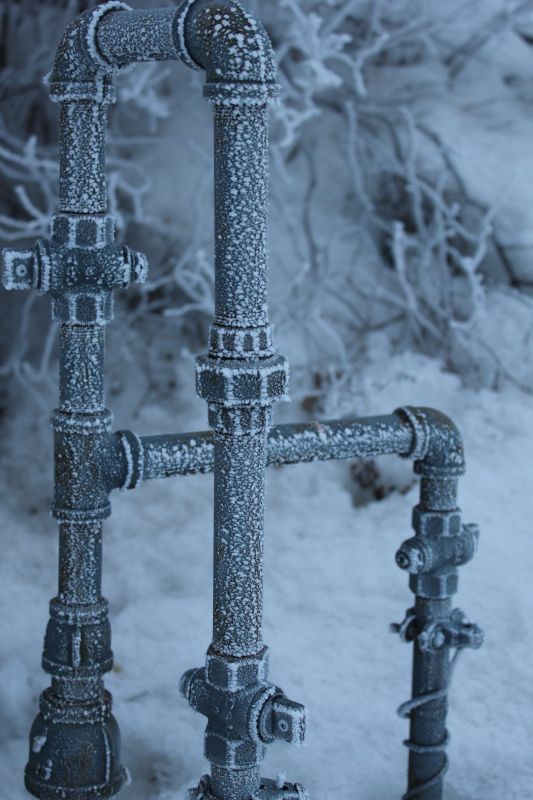
A technician insulating exposed pipes to prevent freezing.
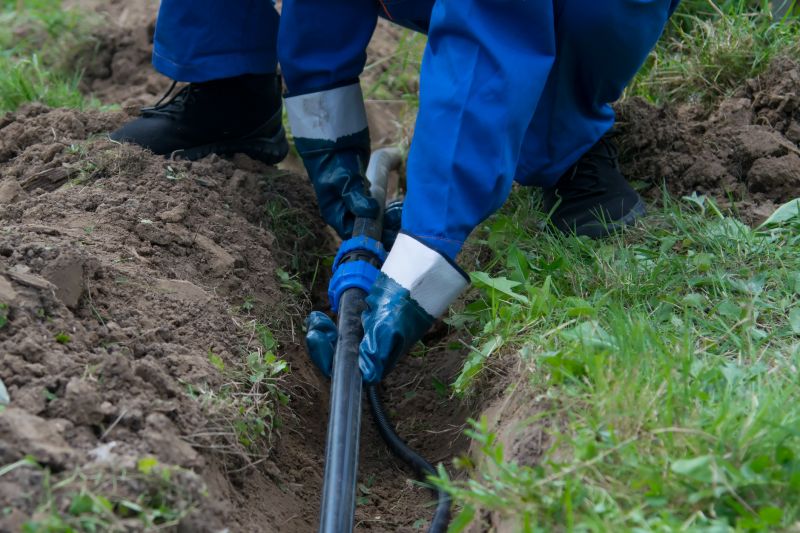
Turning off water supply and draining pipes to avoid burst pipes.
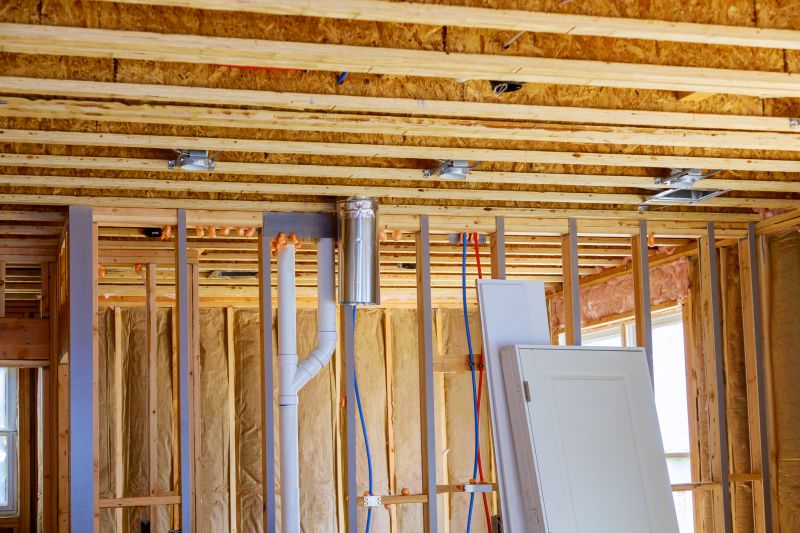
Adding insulation to vulnerable plumbing areas for extra protection.
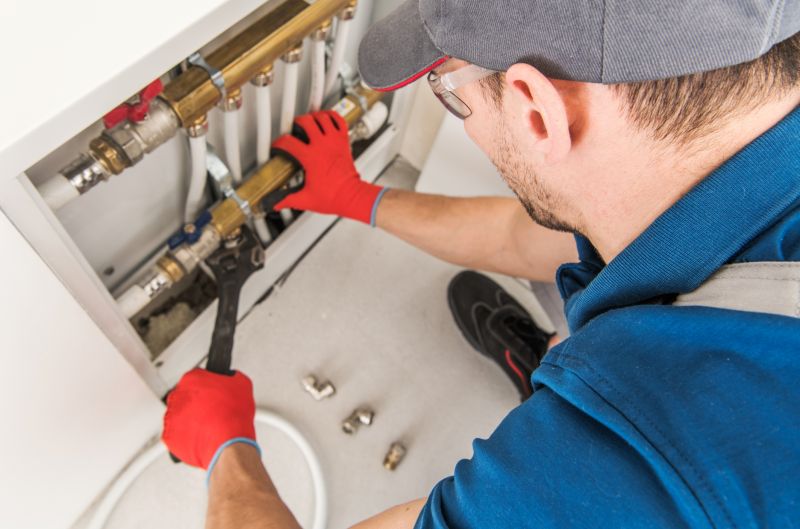
Ways to make Home Plumbing Winterizations work in tight or awkward layouts.
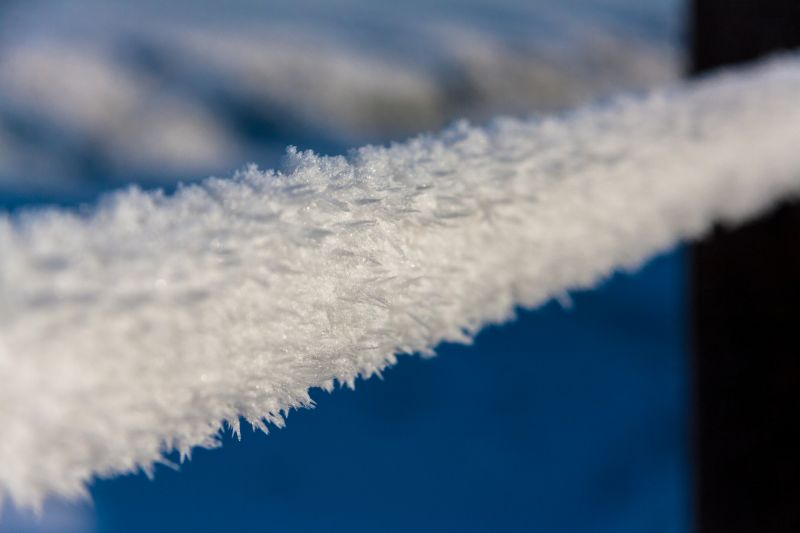
Popular materials for Home Plumbing Winterizations and why they hold up over time.
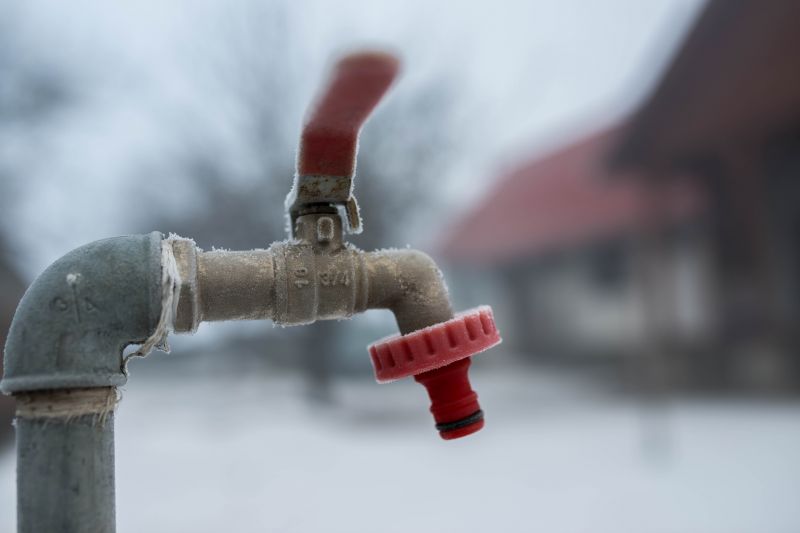
Simple add-ons that improve Home Plumbing Winterizations without blowing the budget.
Home plumbing winterizations involve a series of preventative steps designed to protect pipes and plumbing systems from freezing temperatures. These procedures include draining exterior lines, insulating exposed pipes, and shutting off water supply to vulnerable areas. Statistics indicate that pipe bursts caused by freezing are among the most common winter-related home insurance claims, emphasizing the importance of timely winterization. Properly winterized plumbing can significantly reduce the risk of water damage and repair costs during colder months.

Applying foam insulation to pipes in unheated areas.
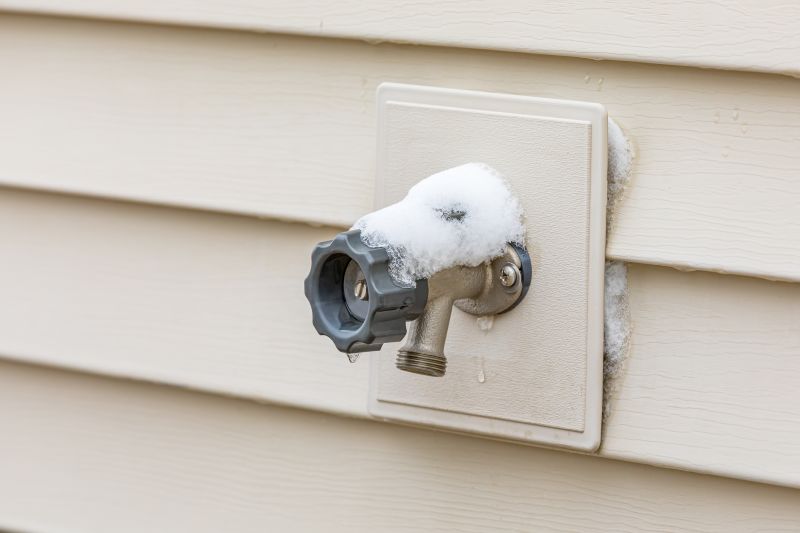
Covering outdoor faucets and exposed pipes with protective covers.

Turning off main water supply to prevent leaks during freeze.
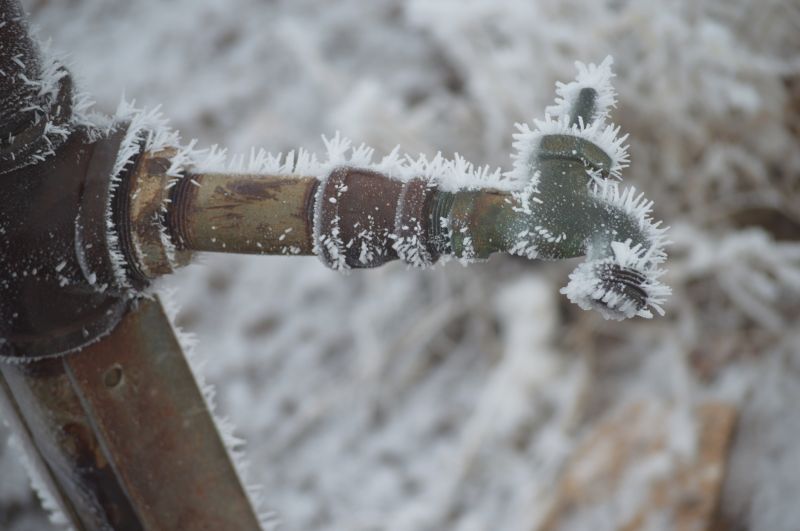
Removing water from outdoor and vulnerable plumbing lines.
| Timing Consideration | Recommended Action |
|---|---|
| Early Fall | Begin inspecting and insulating vulnerable pipes. |
| Late Fall | Complete draining and shut-off procedures. |
| Before Cold Snap | Ensure all winterization measures are in place. |
| Post-First Freeze | Assess and reinforce insulation if needed. |
| Pre-Winter | Final check to confirm all measures are implemented. |
Timely home plumbing winterizations are vital for maintaining plumbing integrity during cold weather. By starting preparations early, homeowners can avoid emergency repairs caused by burst pipes and water damage. Consulting with a professional for comprehensive winterization ensures that all vulnerable areas are addressed, especially in regions with unpredictable or early cold spells. Regular maintenance and inspections can further enhance the effectiveness of winterization efforts.
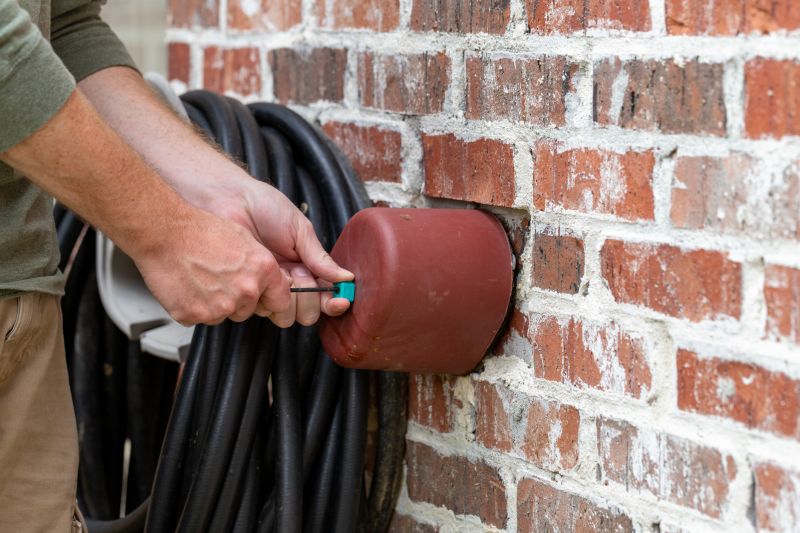
Faucets wrapped and insulated for winter protection.
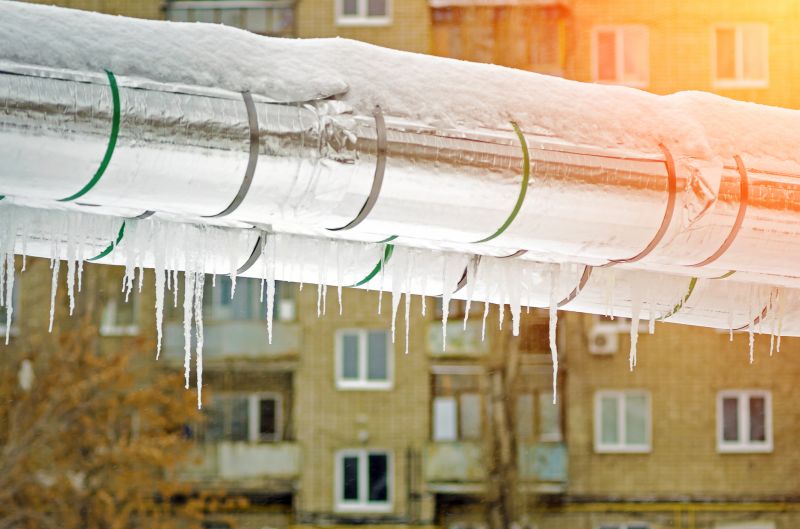
Attic pipes wrapped with insulation to prevent freezing.
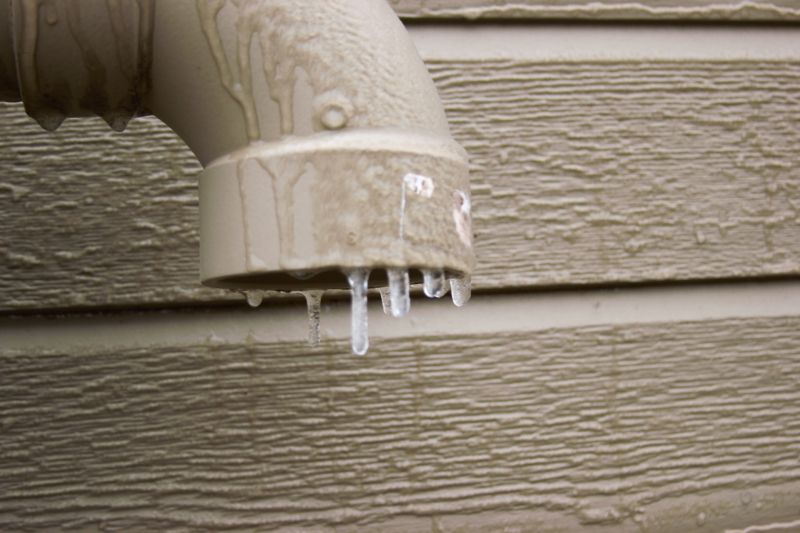
Exterior plumbing lines drained to prevent ice formation.
Proper timing and execution of home plumbing winterizations can prevent costly damages and service disruptions. It is advisable to schedule winterization procedures before the first significant cold snap occurs. Homeowners interested in protecting their plumbing systems are encouraged to contact professionals to assess their specific needs and ensure comprehensive winterization measures are in place.
